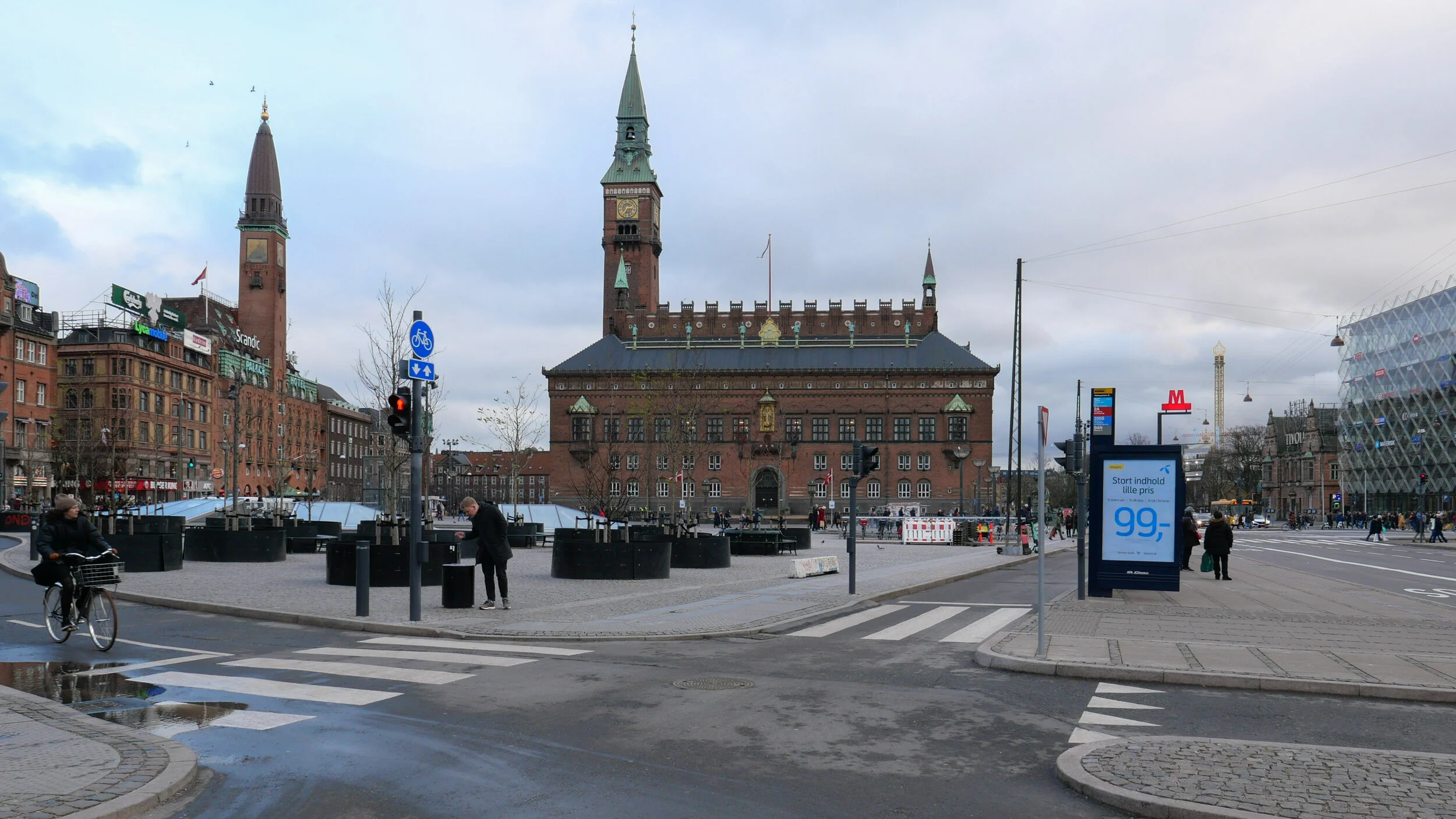an earlier scheme for a new hotel in the Tivoli gardens
/Towards the end of 2006, the British firm of architects Foster + Partners won an international competition to design a hotel for Tivoli.
That design, like the more recent design by BIG, was to have a tall circular tower and was described by the architects as:
“driven by a careful urban strategy concerned with the preservation of Copenhagen's low skyline, the scheme comprises an elegant cluster of interconnecting cylinders that combine to form a generous podium corresponding to the heights of the surrounding rooflines. Elegantly rising from the podium, a slender sculptural tower acts as a marker for the scheme and relates in scale to the City Hall tower opposite, adding to the language of spires in Copenhagen. The landscaped roofs of the lower buildings extend the greenery of Tivoli and reinforce the buildings sustainable profile. In addition to allowing for rainwater collection, the buildings are oriented to maximise natural light and views while reducing unwanted solar gain in the summer, but capturing the suns rays in the cooler winter months.”
A photograph of a model of the proposed hotel shows just how high the tower would have been - tall enough to throw a shadow across the square in front of the city hall in the later part of the day and, visually, it would have competed with and from angles it would even have blocked views of the tower of the city hall.
If built as designed, the hotel would have had a frontage to HC Andersens Boulevard and that would have meant the demolition of Slottet - or Tivoli Castle - the building designed by Vilhelm Klein that was completed in 1893. that would have been an unfortunate loss as not only is it a good building in itself and part of the extensive and important new building works across the west side of the city in the late 19th century but it was the first home of what was then called the Kunstindustrimuseet before it was moved to Bredgade. The museum is now known as Designmuseum Danmark.









































